Emblematic of English ingenuity and technological know-how, the Clifton Suspension Bridge in Bristol in the United Kingdom is a legit engineering chef d'oeuvre.
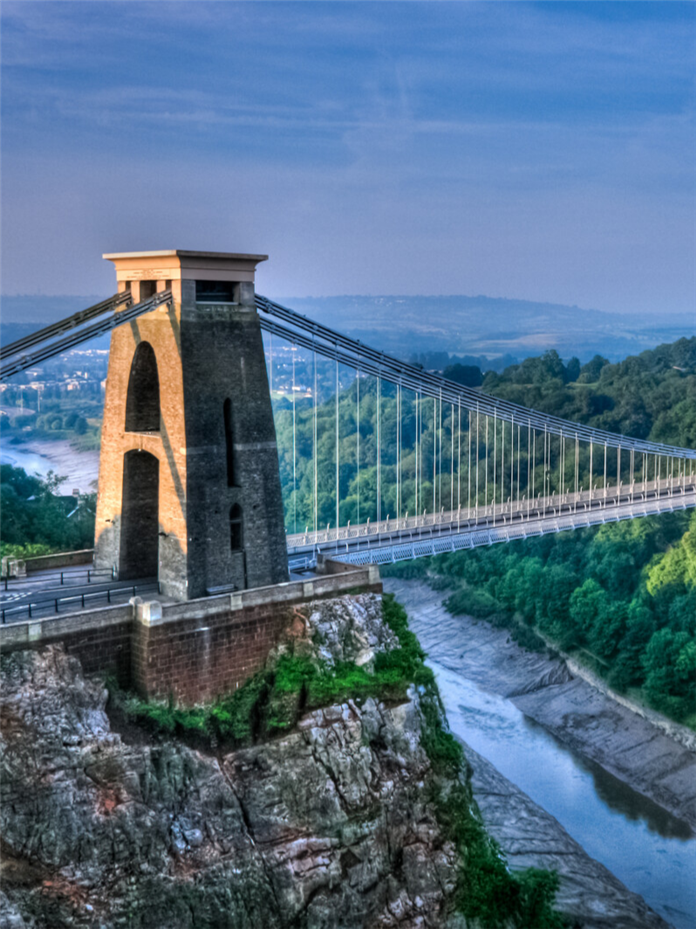
Tap to Read ➤
13 Things You Might Not Know About the Clifton Suspension Bridge
Sai Kardile


Emblematic of English ingenuity and technological know-how, the Clifton Suspension Bridge in Bristol in the United Kingdom is a legit engineering chef d'oeuvre.

The Clifton Suspension is a magnificent structure that stands as a tour de force of the Industrial Revolution. There's a lot more to this grand bridge than meets the eye. Tap forward to know more interesting facts about the Clifton Suspension Bridge.
The Clifton Suspension is a magnificent structure that stands as a tour de force of the Industrial Revolution. There's a lot more to this grand bridge than meets the eye. Tap forward to know more interesting facts about the Clifton Suspension Bridge.

Fact #1: The Clifton Bridge in the United Kingdom traverses the tidal River Avon and the Avon Gorge, literally, bridging the gap between Clifton in Bristol to Leigh Woods in North Somerset.
Fact #1: The Clifton Bridge in the United Kingdom traverses the tidal River Avon and the Avon Gorge, literally, bridging the gap between Clifton in Bristol to Leigh Woods in North Somerset.
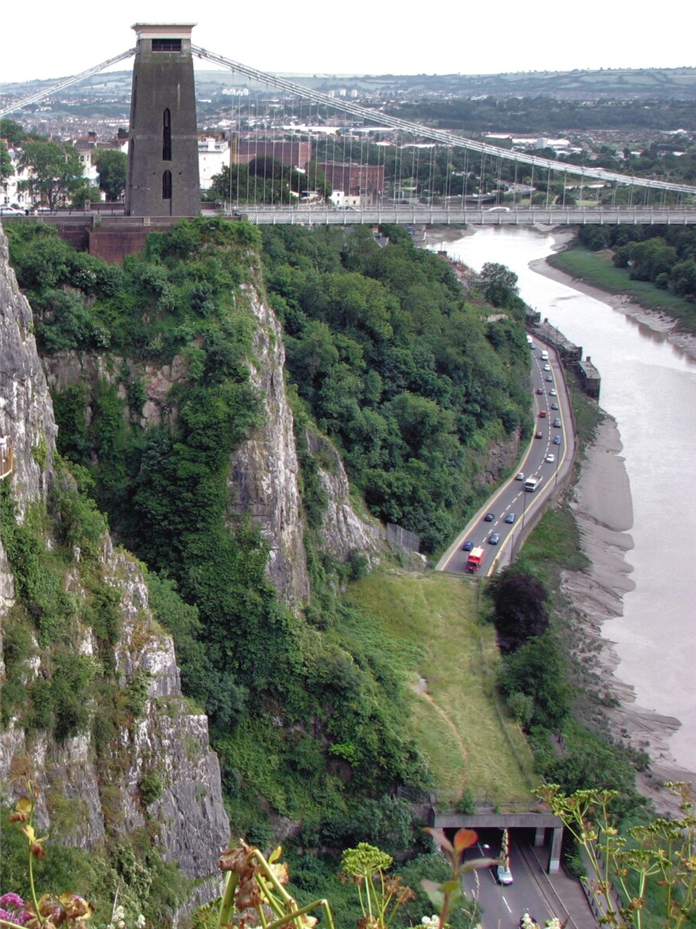
Fact #2: The full extent of the Clifton Bridge is 702 feet and it stands commandingly 245 feet above the high watermark of the River Avon. The bridge weighs a whopping 1,500 tonnes.
Fact #2: The full extent of the Clifton Bridge is 702 feet and it stands commandingly 245 feet above the high watermark of the River Avon. The bridge weighs a whopping 1,500 tonnes.
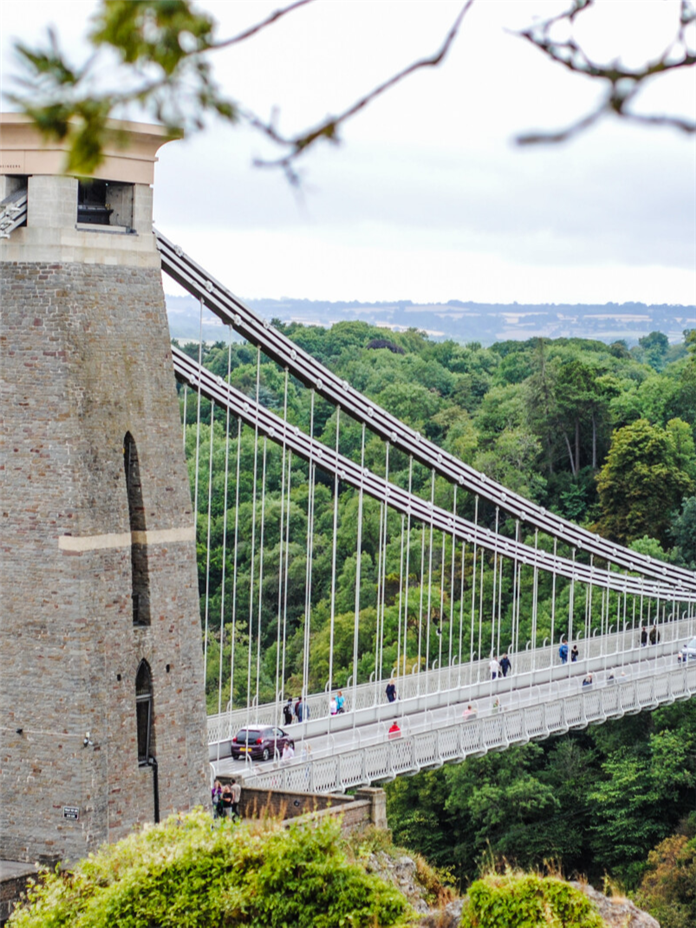
Fact #3: A wine merchant by the name of William Vick, left £1000 to the Merchant Venturers of Bristol and stipulated that once the amount reached £10,000, the same be outlaid to build a stone bridge.
Fact #3: A wine merchant by the name of William Vick, left £1000 to the Merchant Venturers of Bristol and stipulated that once the amount reached £10,000, the same be outlaid to build a stone bridge.
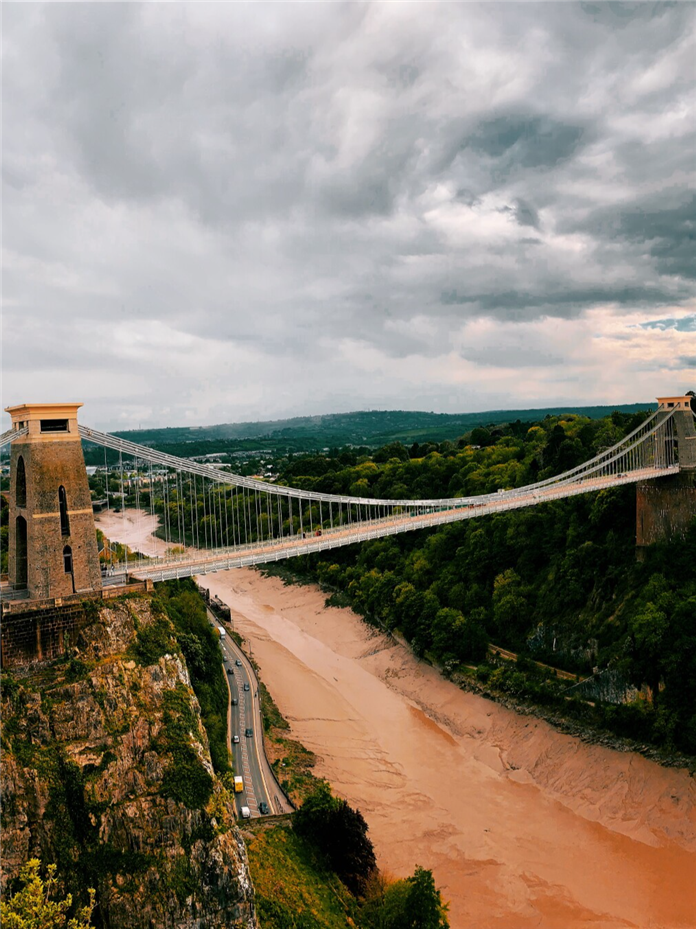
Fact #4: Before the commission to build the bridge went to Isambard Kingdom Brunel, an architect named William Bridges had proposed a grand plan for the bridge in 1793.
Fact #4: Before the commission to build the bridge went to Isambard Kingdom Brunel, an architect named William Bridges had proposed a grand plan for the bridge in 1793.

The design he suggested comprised a stone arch peppered with factories, galleries, chapel, tavern, and the whole shebang—in short, he envisioned creating a town. However, the French Revolution prevented his plan from materialising.
The design he suggested comprised a stone arch peppered with factories, galleries, chapel, tavern, and the whole shebang—in short, he envisioned creating a town. However, the French Revolution prevented his plan from materialising.
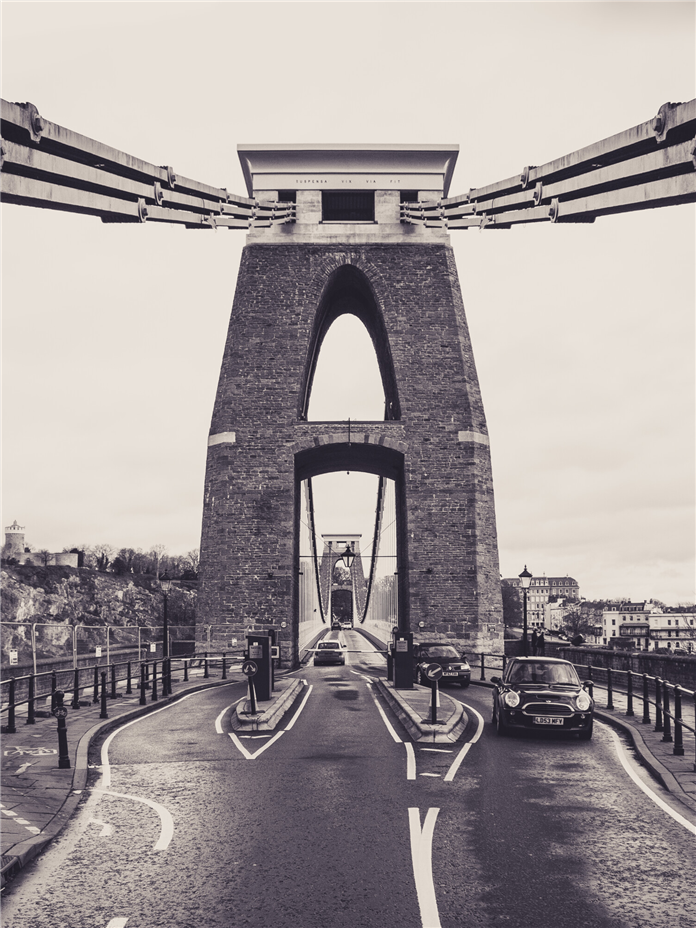
Fact #5: In 1829, a competition was held to cherry-pick an apt design for the bridge. The competition, however, went kaput as its judge, Thomas Telford vetoed all the proposals, favoring his own.
Fact #5: In 1829, a competition was held to cherry-pick an apt design for the bridge. The competition, however, went kaput as its judge, Thomas Telford vetoed all the proposals, favoring his own.

Fact #6: A second competition was organized in 1830, and this time it had a winner—a 24-year-old engineer, Isambard Kingdom Brunel, the son of Sir Marc Isambard Brunel, the creative genius behind the Thames Tunnel.
Fact #6: A second competition was organized in 1830, and this time it had a winner—a 24-year-old engineer, Isambard Kingdom Brunel, the son of Sir Marc Isambard Brunel, the creative genius behind the Thames Tunnel.

Fact #7: Shortly after the work of the bridge was set in motion, the Bristol Riots broke out, bringing the construction of the Clifton Suspension Bridge to a screeching halt.
Fact #7: Shortly after the work of the bridge was set in motion, the Bristol Riots broke out, bringing the construction of the Clifton Suspension Bridge to a screeching halt.

Fact #8: Beleaguered by a slew of problems, the pace for the construction of the bridge picked up in 1860. However, its originator, Isambard Kingdom Brunel, couldn't live to see it take shape as he passed away a year before.
Fact #8: Beleaguered by a slew of problems, the pace for the construction of the bridge picked up in 1860. However, its originator, Isambard Kingdom Brunel, couldn't live to see it take shape as he passed away a year before.

Fact #9: In the year 1862, Sir John Hawkshaw and William Henry Barlow were chosen to helm the creation of one of the world's most remarkable bridge. A fitting paean to its former mastermind, the bridge was completed with several revisions.
Fact #9: In the year 1862, Sir John Hawkshaw and William Henry Barlow were chosen to helm the creation of one of the world's most remarkable bridge. A fitting paean to its former mastermind, the bridge was completed with several revisions.
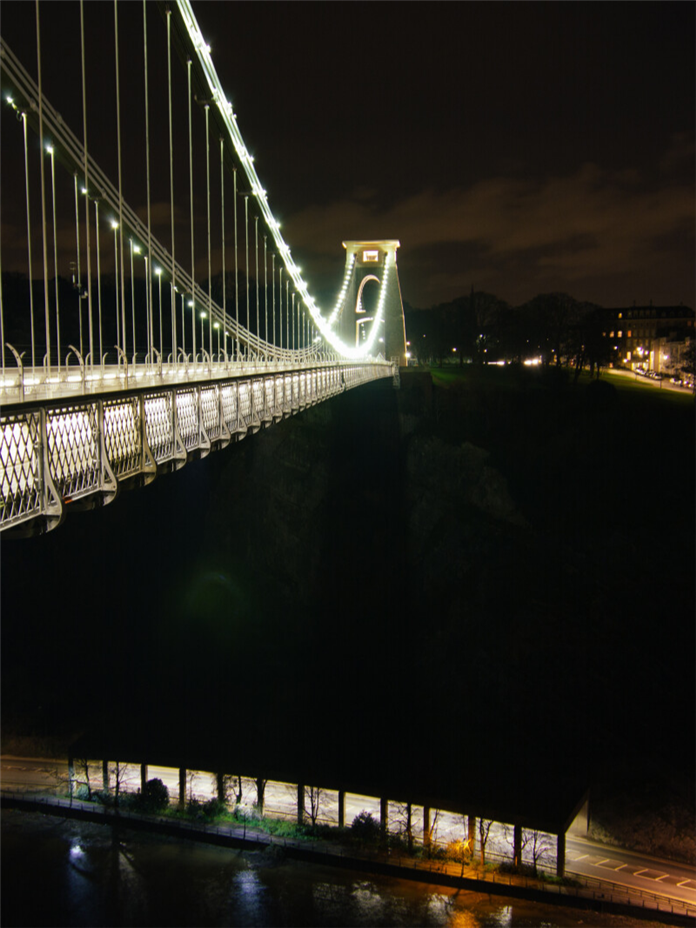
Fact #10: The construction of the Clifton Suspension Bridge of Bristol came to fruition on 8th December 1864, nearly 34 years after it was conceived.
Fact #10: The construction of the Clifton Suspension Bridge of Bristol came to fruition on 8th December 1864, nearly 34 years after it was conceived.
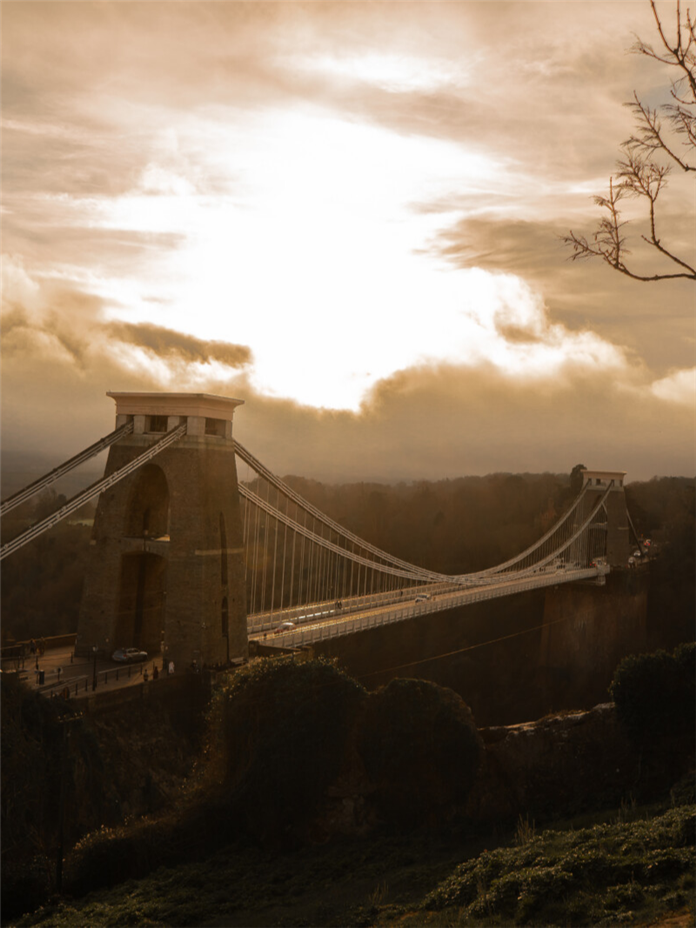
Fact #11: A few swashbuckling pilots until the 30's engaged in daredevilry by flying fighter planes under the Clifton Suspension Bridge. The advent of high-speed planes rendered this ruthless adventure impossible. Rightly so.
Fact #11: A few swashbuckling pilots until the 30's engaged in daredevilry by flying fighter planes under the Clifton Suspension Bridge. The advent of high-speed planes rendered this ruthless adventure impossible. Rightly so.
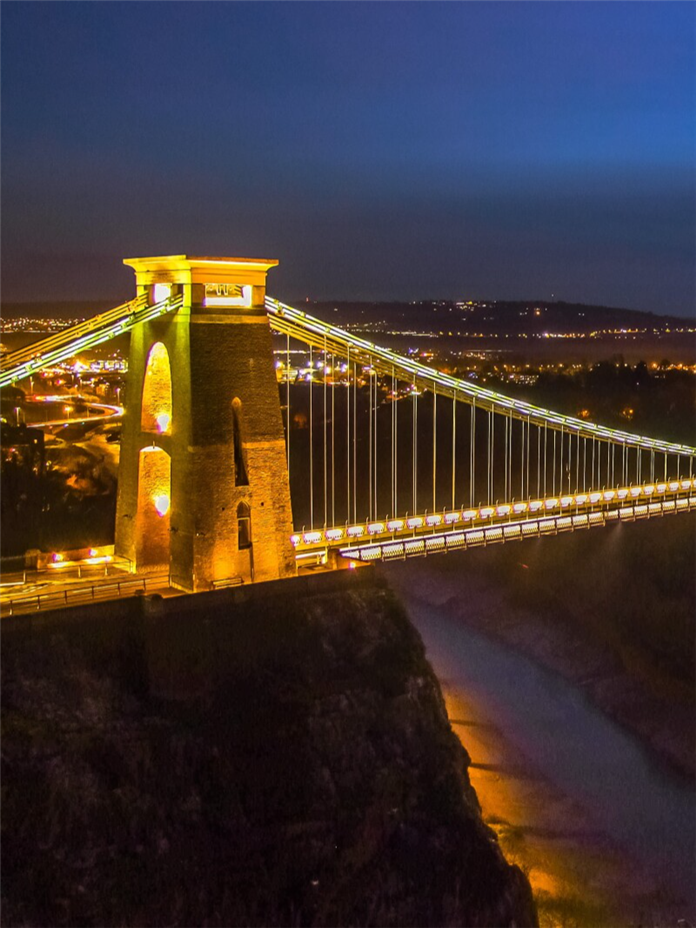
Fact #12: The Clifton Suspension Bridge hosted the world's first-ever Bungee Jumping event on April 1, 1979. Just the mere thought of it is sending shivers down our spine!
Fact #12: The Clifton Suspension Bridge hosted the world's first-ever Bungee Jumping event on April 1, 1979. Just the mere thought of it is sending shivers down our spine!

Fact #13: This iconic bridge kept a secret for 140 years after it became public—back in 2002, the abutments which support its towers were discovered to be made of 12 cathedral-like vaulted chambers!
Fact #13: This iconic bridge kept a secret for 140 years after it became public—back in 2002, the abutments which support its towers were discovered to be made of 12 cathedral-like vaulted chambers!